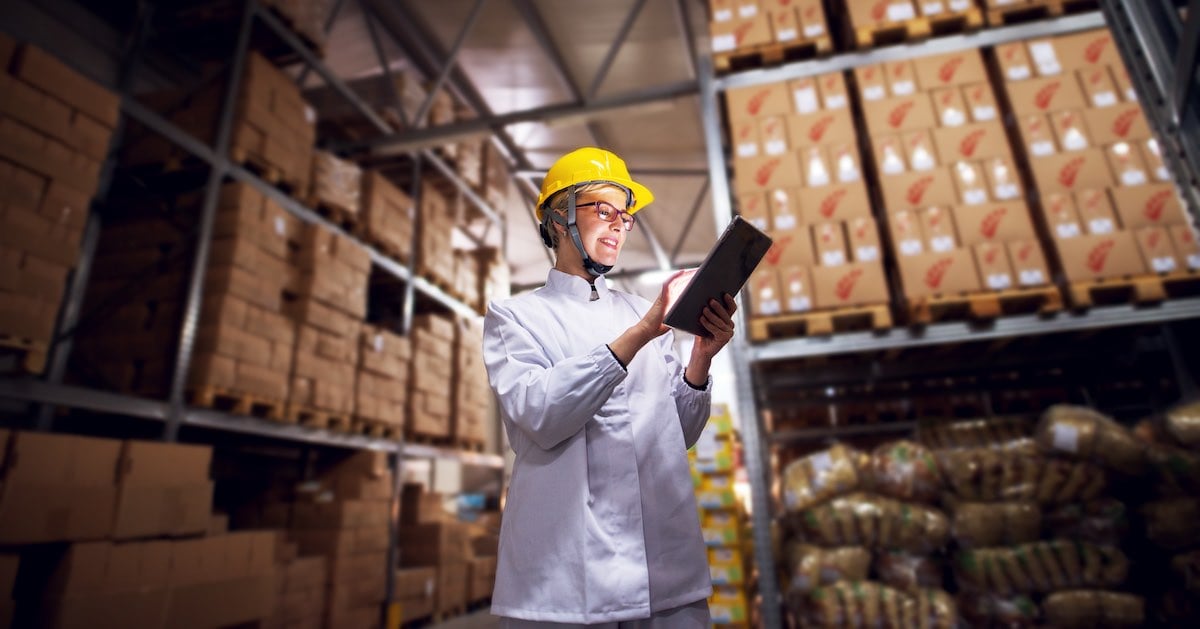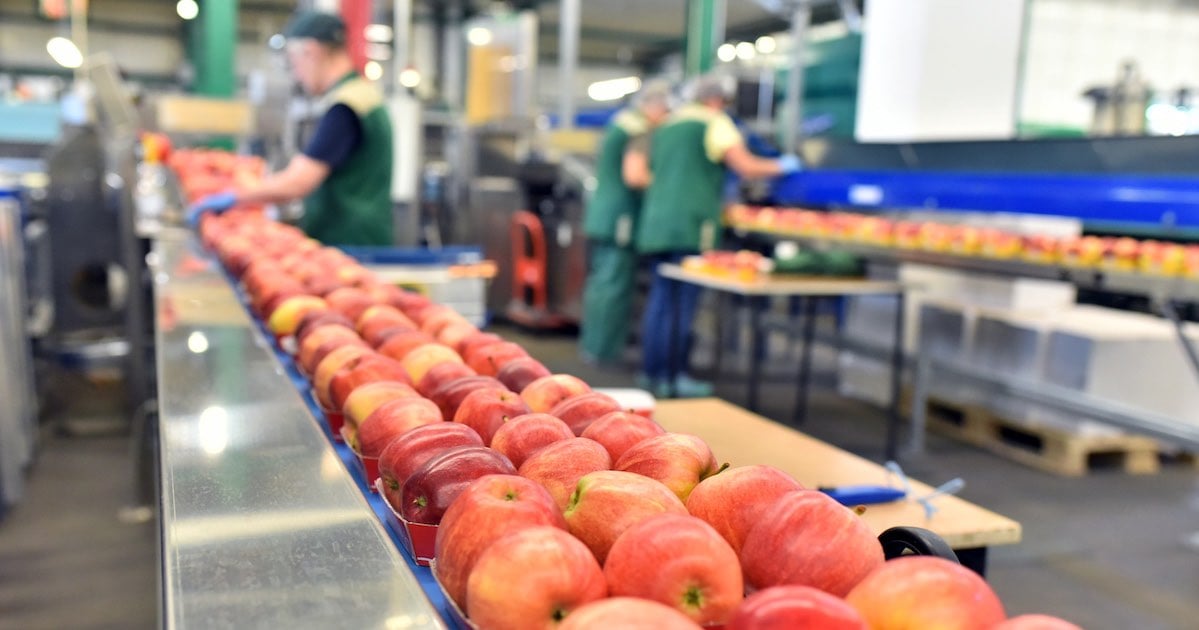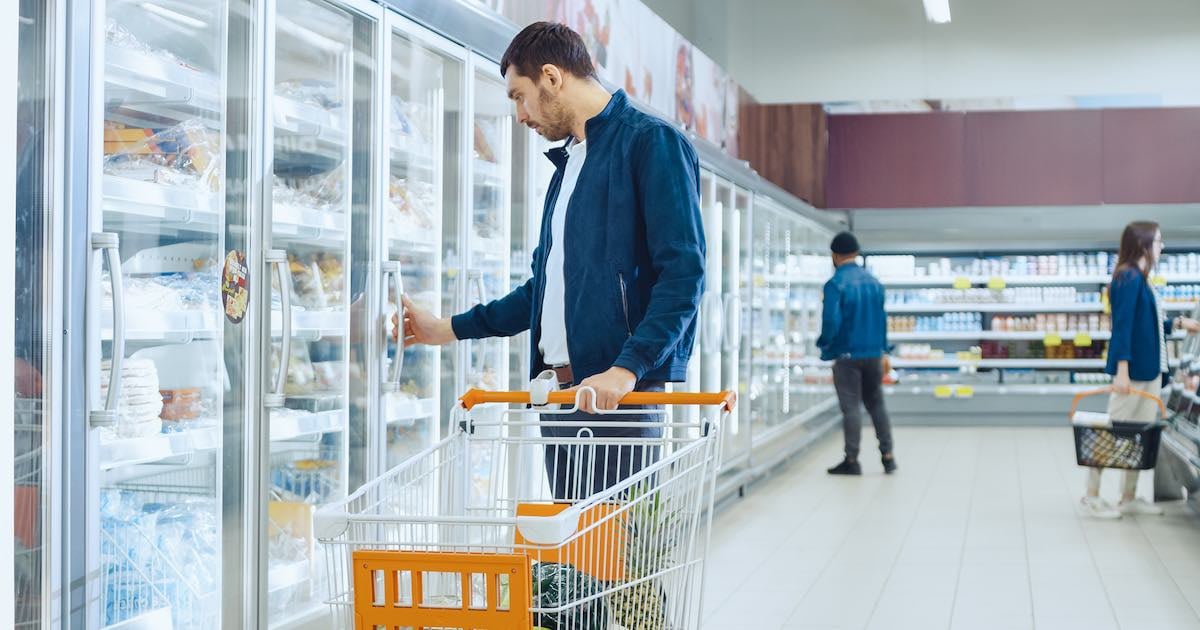Written by SmartSense | Food Safety, Grocery, Food Service
Explore solutions built for your industry
Our customer-proven solutions monitor medications and food inventories for some of the most recognizable names in the industries of healthcare, food service, and transportation, and logistics. See how our solutions adapt to your industry needs.
SEE SOLUTIONSKroger Health Strengthens Compliance Visibility with SmartSense
Watch The VideoLEARN
Questions? Call +1 (866) 806-2653 to speak to our experts.
Schedule demoQuestions? Contact us.
Call +1 (866) 806-2653 to speak with our experts or get started with a demo.
CONTACT USAbout Us
SmartSense was created to use the power of the Internet of Things (IoT) to help our customers protect the assets most critical to the success of their business.
See our storyCONNECT. PROTECT. RESULTS.
Questions? Call +1 (866) 806-2653 to speak to our experts.
Schedule demoPlease select your login
October 26, 2023
How to Grow Margins in Food Operations with Sensing-as-a-Service
The adoption of Internet of Things (IoT) Sensing-as-a-Service is opening new pathways to business resilience for food companies competing in a volatile market. Given the threat of recession, lingering inflation, and ongoing labor shortages, the margin for food operations error is razor thin. Restaurants, grocers, and other retail food services must deliver an optimal customer experience at every touch point to sustain positive customer satisfaction.
Especially during an economic downturn, ensuring food safety, food quality, and sustainable grocery practices is necessary to both protect public health and prevent food waste. To meet these requirements and maintain profits, innovative leaders in the food industry are implementing holistic, interconnected IoT Sensing-as-a-Service solutions to standardize and automate asset visibility, product traceability, corrective actions, and data-driven decision-making.
Ensuring Profitable Food Products & Services During Lean Times

To counteract the current labor shortage, business executives can take advantage of automated tasks that guide their employees — from the kitchen to the corner office — with descriptive insights and prescriptive workflows that keep food products safe, fresh, nutritious, and in stock.
Not too long ago, achieving these objectives was compromised by commercial IoT solutions mired in fragmentation by data silos. Fortunately, things have changed for the better. Today, food service operators have access to open frameworks that leverage sensors from multiple vendors, integrate with existing equipment, and run sophisticated software to provide state-of-the-art digital interconnectivity.
The most robust IoT Sensing-as-a-Service frameworks offer seamless interoperability with third-party enterprise management systems. Food service companies can now successfully leverage their existing tech stacks for food safety, task administration, asset monitoring, and menu management.
Automating HAACP Compliance & Quality Assurance
Because fewer employees are available during a labor shortage, Hazard Analysis and Critical Control Points (HACCP) compliance tasks such as temperature and humidity logging can be accomplished using digital sensors that provide remote, automatic, and continuous monitoring. Certifying compliance with government regulations requires real-time data collection and analysis, descriptive insights for accurate decision-making, and efficient prescriptive task management. Sensing-as-a-Service solutions deliver these data, insights, and tasks to a centralized, digital dashboard, thereby providing food safety teams at any location with the visibility necessary to detect critical temperature or humidity excursions as they occur.
In turn, employees are empowered to take immediate corrective actions to prevent negative outcomes — for example, disposing of specific menu items that have failed to maintain safe temperature ranges during cooking, holding, or storage based on data from software that monitors HACCP compliance. With these procedures in place 24/7, retailers can feel confident that every discarded product is justified and every safe-to-consume product remains on a grocery shelf or restaurant table.
Tracing Assets Along the Food Chain

The speed and precision at which a food service provider can identify the source of foodborne illness are key factors for preventing contamination. Greater visibility and transparency of a product’s “digital trail” empowers food service providers and public health agencies with the information they need to act quickly and accurately. The faster food service operators can pinpoint the source of contamination, the faster they can halt the distribution of unsafe food.
Safe temperature levels in the supply chain must be maintained from farm to fork. To protect products in transit and the customers who will eventually consume them, the right sensing, reporting, and alerting technology must be implemented throughout the cold chain. Without accurate traceability, store operators will be blind to any intermittent excursions.
Profiting from Food Waste Reduction

Food waste reduction presents a massive opportunity for improving profitability. Discarding all products that might have spoiled during an excursion without definitive confirmation is a reactionary approach that severely cuts into margins. For example, the combined food waste of QSR and full-service restaurants in the U.S. is estimated to weigh between 22 billion to 33 billion pounds each year. In total, the U.S. restaurant industry is disposing of $2 billion in potential profits every year.
Without real-time data capture and corresponding actionable insights, reducing food waste by any meaningful amount is difficult. However, armed with IoT tools to increase efficiency and improve productivity, food services staff can achieve substantial progress in the fight against food waste, thereby making their companies more profitable and sustainable.
Maintaining Refrigerated Equipment Proactively

An IoT-enabled prescriptive analytics engine empowers mechanics and engineers to predict malfunctioning equipment before it fails. Technicians can remotely monitor the performance of critical control point assets such as refrigerators, coolers, and walk-ins that keep food within safe temperature and humidity ranges.
If refrigerated kitchen equipment shows early signs of trouble, sensors notify personnel to take specific actions that prevent serious issues. And if equipment is working properly but is due for routine repairs, sensors remind personnel that it’s time for a tune-up. By digitizing end-to-end equipment maintenance, facility operations workflows are fortunately no longer subject to the nightmare of “sorry, I forgot” excuses.
Food Service Case Study: Wolfgang Puck Catering
Wolfgang Puck Catering is a great example of a food service operator that partnered with SmartSense to maintain profitability for their operations. To meet that goal, we delivered the following capabilities to one of their leading clients:
- Continuous monitoring of refrigerated assets: The client’s campus required continuous temperature and humidity monitoring of its refrigerator and freezer cooling assets and its serveries and kitchens. Our solution's sensing capabilities improved operational efficiency and verified accountability and traceability that could be shared with the client to prove compliance.
- Mobile food safety tracking: In order to maintain and verify food safety during delivery from the kitchen to various office building in the vicinity, the team leveraged SmartSense’s sensing capabilities throughout the fleet of delivery vehicles for end-to-end tracking of temperature and humidity, thereby authenticating safe food practices during mobile meal transport.
- Loss prevention and asset protection: On-site coolers holding large volumes of product needed battery-backed sensors to protect them in the event of a power outage or equipment failure. Our solution’s continuous data collection and real-time alerts enables the team to predict failures, take immediate corrective action, and store accurate food safety records.
As the success story of Wolfgang Puck Catering demonstrates, a Sensing-as-a-Service solution drives revenue and maintains margins by enhancing staff efficiency, improving food quality, ensuring asset protection, and bridging gaps between food safety and loss prevention. To learn how we can do this for your food service company, contact our team for a demo of SmartSense.
While business leaders in the food industry may not be able to control economic trends, they can influence how their companies respond to them. Through the integrated adoption of enterprise-wide IoT connectivity, restaurants, groceries, and other food service operations can out-maneuver market volatility to achieve better business outcomes and maintain margins.
Other Suggested Posts
Why K-12 School Cafeterias Are Automating Food Safety
During the COVID-19 pandemic, there were significant disruptions to K-12 school food services nationwide. School nutrition directors were forced to rapidly ...
Frozenomics: Why Freezers Are Becoming America's Financial Lifeline
When times get tough, Americans get creative with how they stretch budgets. That's why today's shoppers are fighting inflation and financial strain with an ...
How Machine Learning Elevates Traditional Temperature Monitoring
While a minority of food companies and healthcare organizations continue to manually collect temperature logs to meet compliance regulations, most enterprises ...
Creating a Customer-Centric Food Chain with Sensing-as-a-Service
The food service industry is undergoing an era of labor uncertainty and demand volatility. The reasons are many and complex: the rise of e-commerce, supply ...
Designing Seamless Quality Assurance Across the Cold Chain
Wholesalers and retailers in the food manufacturing and pharmaceutical industries must ensure the effective delivery of pathogen-free food and critical ...
Subscribe to the SmartSense Blog
Stay up-to-date on the evolution of IoT connectivity.
CONNECT. PROTECT. RESULTS.
Learn how our complete critical
environment monitoring solution will help you
connect and transform your business.
Call +1 (866) 806-2653 to speak with our industry
experts or get started by
requesting a demo.